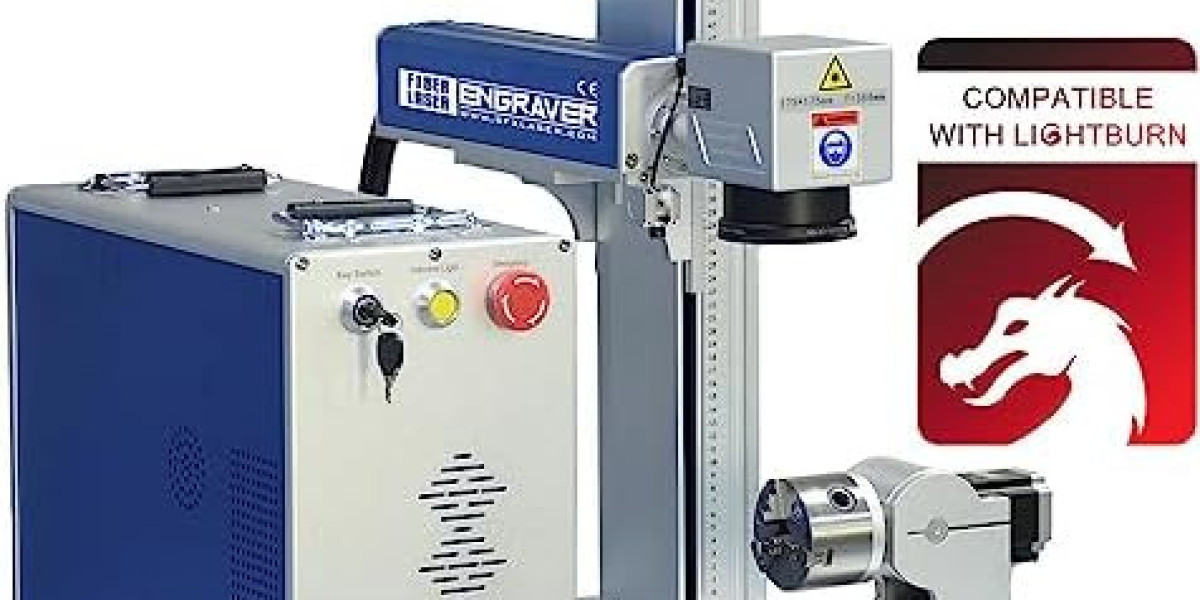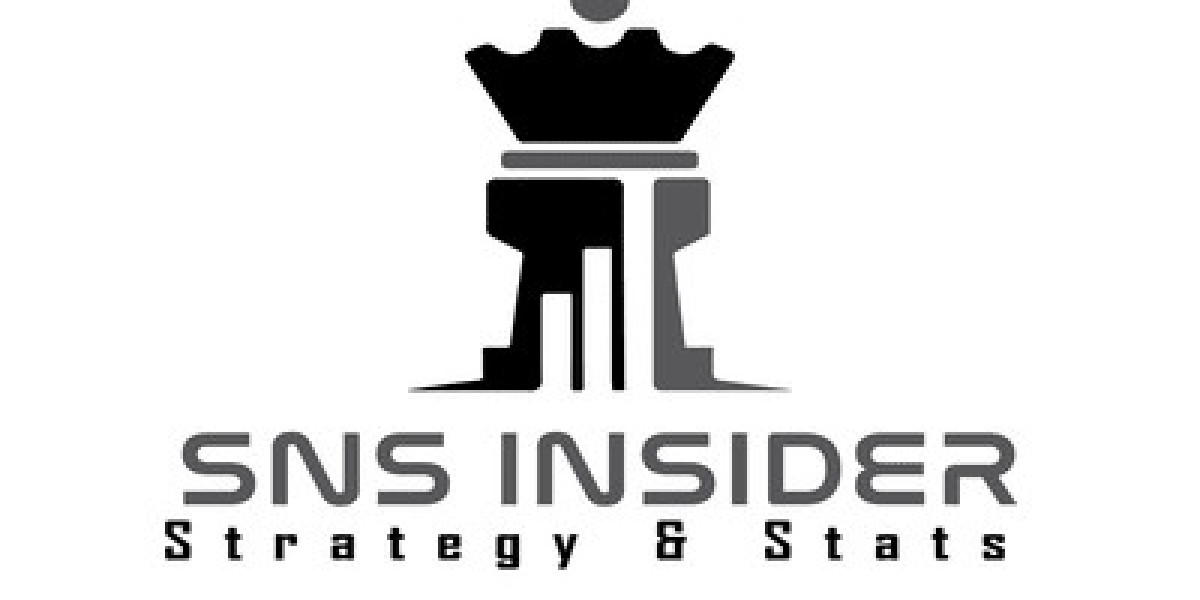In today's fast-paced industrial landscape, efficiency and precision are paramount. The advent of fiber laser marking machine has transformed the way manufacturers approach product identification and traceability. These advanced machines utilize fiber laser technology to achieve high-contrast markings on various materials, offering unparalleled durability and clarity.
What is a Fiber Laser Marking Machine?
A fiber laser marking machine operates on the principle of using fiber lasers to create markings on different surfaces. Unlike traditional marking methods, such as inkjet or mechanical engraving, fiber lasers produce marks through a process called laser ablation. This method involves removing material to create permanent marks without compromising the integrity of the substrate.
Key Advantages of Fiber Laser Marking Machines
Versatility: Fiber laser machines can mark a wide range of materials, including metals (steel, aluminum, copper), plastics, ceramics, and even some organic materials like leather and wood. This versatility makes them indispensable across various industries, from automotive to electronics.
High Precision: The pinpoint accuracy of fiber lasers ensures that markings are consistently sharp and legible, even on intricate designs or small components. This precision is crucial for industries requiring detailed part identification or complex barcode markings.
Speed and Efficiency: Compared to traditional methods, fiber laser marking is exceptionally fast. The rapid pulsing of the laser beam allows for quick processing times, enhancing production efficiency without compromising on quality.
Durability: Fiber laser markings are highly resistant to wear, chemicals, and environmental factors. This durability ensures that product identification remains intact throughout the product's lifecycle, contributing to enhanced traceability and quality control.
Environmentally Friendly: Fiber lasers operate with high energy efficiency and minimal waste generation. Unlike solvent-based marking methods, they do not require consumables like inks or solvents, reducing operational costs and environmental impact.
Applications of Fiber Laser Marking Machines
Automotive Industry: Used for part identification, serialization, and branding on components such as engines, chassis, and electronics.
Electronics: Marking PCBs, microchips, and electronic enclosures with serial numbers, logos, and regulatory information.
Medical Devices: Engraving surgical instruments, implants, and medical equipment with unique identifiers for traceability and compliance.
Jewelry and Luxury Goods: Adding logos, serial numbers, and decorative markings on precious metals and gemstones.
Aerospace: Marking critical components with part numbers, batch codes, and compliance information for maintenance and safety purposes.
Future Trends and Innovations
As technology evolves, so do fiber laser marking machines. Advancements in software integration, automation, and connectivity (Industry 4.0) are enhancing their capabilities further. Predictive maintenance systems and real-time data analytics are becoming standard features, ensuring minimal downtime and optimizing production schedules.
Conclusion
In conclusion, fiber laser marking machine represent a cornerstone in modern manufacturing and industrial processes. Their ability to combine speed, precision, and durability makes them indispensable across a wide range of applications. As industries continue to demand higher efficiency and quality standards, fiber laser technology will undoubtedly play a pivotal role in shaping the future of product identification and traceability.



